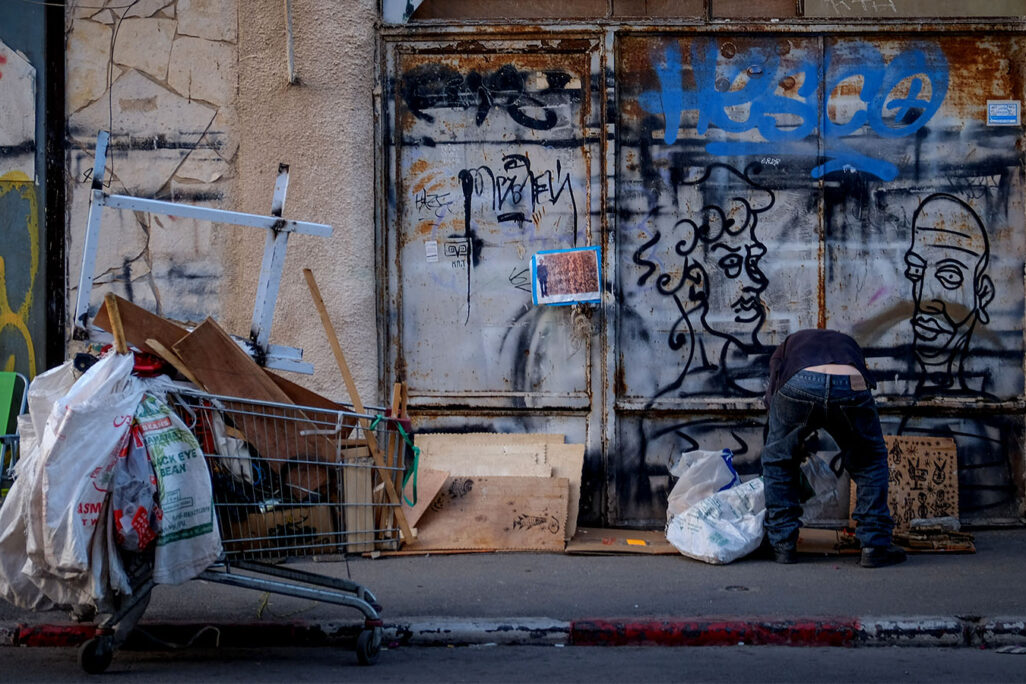
For months now, hundreds of thousands of Israeli families have been waiting desperately for emergency relief from the economic effects of the coronavirus crisis. Thus far, measures have been tight-fisted and unclear, and less than half of the promised relief package has actually been spent. The government has failed to commit to a long term and comprehensive plan. Prime Minister Netanyahu claims that each measure should be considered individually due to “fiscal concerns”. But the chair of the Bank of Israel disagrees.
The government has committed, so far, to a 50 billion NIS aid program, with an additional 8 billion shekels for Social Security. The entire plan amounts to less than 4 percent of Israel’s GDP, which is low compared to other OECD countries’ coronavirus relief packages.
As if that were not enough, recent reports revealed that only 42 percent of the promised emergency aid budget has been spent. In other words, the government has actually spent only 21 billion NIS on relief. Actual spending on emergency aid has been so low that the Bank of Israel had to update its forecast for the increase in government spending due to the coronavirus downwards from 7 percent to just 4.5 percent.
Israel has enjoyed particularly low levels of government debt in recent years, and even after taking into account a major increase in public spending, Israel’s debt to GDP ratio is forecast to be one of the lowest compared to other OECD member countries.
What this means is that the government has considerable freedom to increase funding for emergency aid measures without coming anywhere near the levels of debt seen in other OECD countries. As of now, Israel’s debt stands at about 75 percent of GDP. The government could easily increase spending and push public debt up by 25 percent, and still be positioned comfortably in the middle when compared to other OECD members.
Each percent of increase in debt corresponds to another 13 billion NIS available for government spending. This would allow for the government to fund emergency aid 15 times larger than the sum promised thus far.The government could easily afford to offer an extensive plan to ensure the public’s welfare during the COVID-19 crisis.
An additional benefit to increasing public spending now would be the stimulation of economic activity. Amir Yaron, chair of the Bank of Israel, said at a press conference this week that Israel is experiencing a “demand crisis”: as consumers see their incomes slashed, they spend less money and generate less revenue for companies. Additional government support will ensure that demand won't fall too low, making sure that the recession lasts for as short a period as possible.
As for Israel’s credit rating, Mr. Yaron ensured the public, and the government, that there is very little danger of a reduction. “As long as rising deficits and spending is a result of dealing with the coronavirus crisis, the financial markets will continue to allow the government to borrow at very low rates” he said.
The government could implement such a plan now. There is no reason to wait for an exponential rise in COVID cases. The government can and should announce a comprehensive spending plan as soon as possible, to ensure that the Israeli public and economy receive all the assistance they need to make it through the coming months of crisis.






